the word 'curry' is a generic term
Curry the dish that has travelled continents, today is one of the most consumed global cuisines. It contributes not only to the palette but increasingly to the economy too. National Curry Week between 21st-27th October 2010 in the UK celebrates the popularity of this delightful cuisine.
During the week, over 500 participating restaurants will hold special events to help raise the much needed funds as well as to continue celebrating Britain’s favourite cuisine and have some fun whilst doing it. This includes activities like ‘The Great Poppadum Tower Challenge’ where two types of towers made of poppadums can be entered – Static Tower and Movable Tower. Plus the Samosa Speed Record, where samosas are made as quickly as possible.
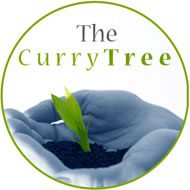
As part of the overall event, awards will be given for the Best Signature Dish (Classic) and Best Signature Dish (Innovative), Currybard (Best Curry Poem) and Customer’s Restaurant of the Year.
The adoration of the cuisine amongst the British started during their rule of India. Trying and eating spicy food introduced them to the variety of dishes cooked in the form of a ‘curry’ made with spices and ingredients not tasted before. Whilst their Raj in India, the British in devised their own milder form of spicy dishes which were based on the original recipes. Cooks were ordered to make the curry to suit European tastes.
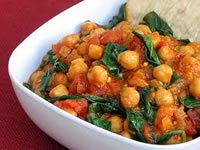
In India, the word ‘curry’ is not used to describe the cuisine because the dishes have their individual names. Therefore, the word ‘curry’ is a generic term to describe South Asian dishes. But commonly, it is a dish that consists of meat and/or vegetables made in a rich spicy sauce base.
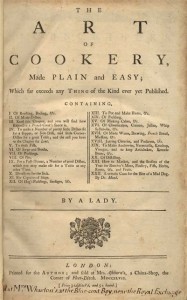
A style of curry powder went on sale in the 17th century along the lines of the popular ‘kitchen pepper’ which was used in recipes since 1682 with ginger, pepper, cloves, nutmegs and cinnamon.
Curry is the dish associated with every Indian, Pakistani and Bangladeshi restaurant up and down the country. According to historical archives, in 1810, after moving to London, Shekh Din Muhammôd (from Bihar Eastern India) known as Dean Mahomet made culinary history in Britain –
Dean Mahomet opened the first Indian take-away restaurant in Britain called the Hindoostanee Coffee House, in George Street, Central London.
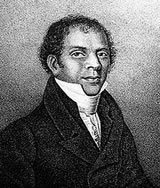
Since then Britain has presided over the ‘currification’ of the world. Curry was introduced to Japan by the British in 1870s and in Japan curry is one of the most popular dishes where people eat it 62 times a year on average. . in Germany, Currywurst is celebrated at a Currywurst Museum where 800 million are consumed each year since created by Herta Heuwer in 1949. South Africa has their own special curries ‘bobotie’ and ‘bunny chow’ which are very popular.
Curry is now consumed throughout the world in Europe, China, Caribbean, USA, East Africa, Ethiopea, and Australia not forgetting Thailand, Indonesia and Malaysia and many others, making it the fist truly global cuisine.
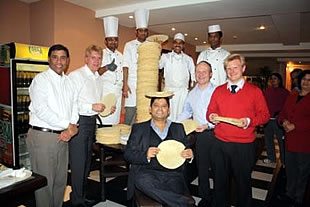
Chicken Tikka Masala is one of the most, if not, the most popular curry dishes served in curry lovers. It’s estimated that about 23 million portions of the dish are served in Indian restaurants in Britain a year. This is enough to feed a full capacity Wembley Stadium two meals a day for over two months!
Considering some 65% of ‘Indian’ restaurants in Britain are in fact owned by Bangladeshis, it was expected that Bangladeshi food would top the favourite cuisine poll. The results showed that 31% of those polled went for Bangladeshi but Punjabi gave it a good run at 23%. Kashmiri, creators of the balti, grabbed third with 12% with the increasingly popular Goan/South Indian at 11%.
To support National Curry Week, you can visit www.thecurrytree.com to make a donation or visit any of the participating restaurants and add £1 or more to your bill to support The Curry Tree fund and at the same time enjoy a delicious, sumptuous curry!




























































